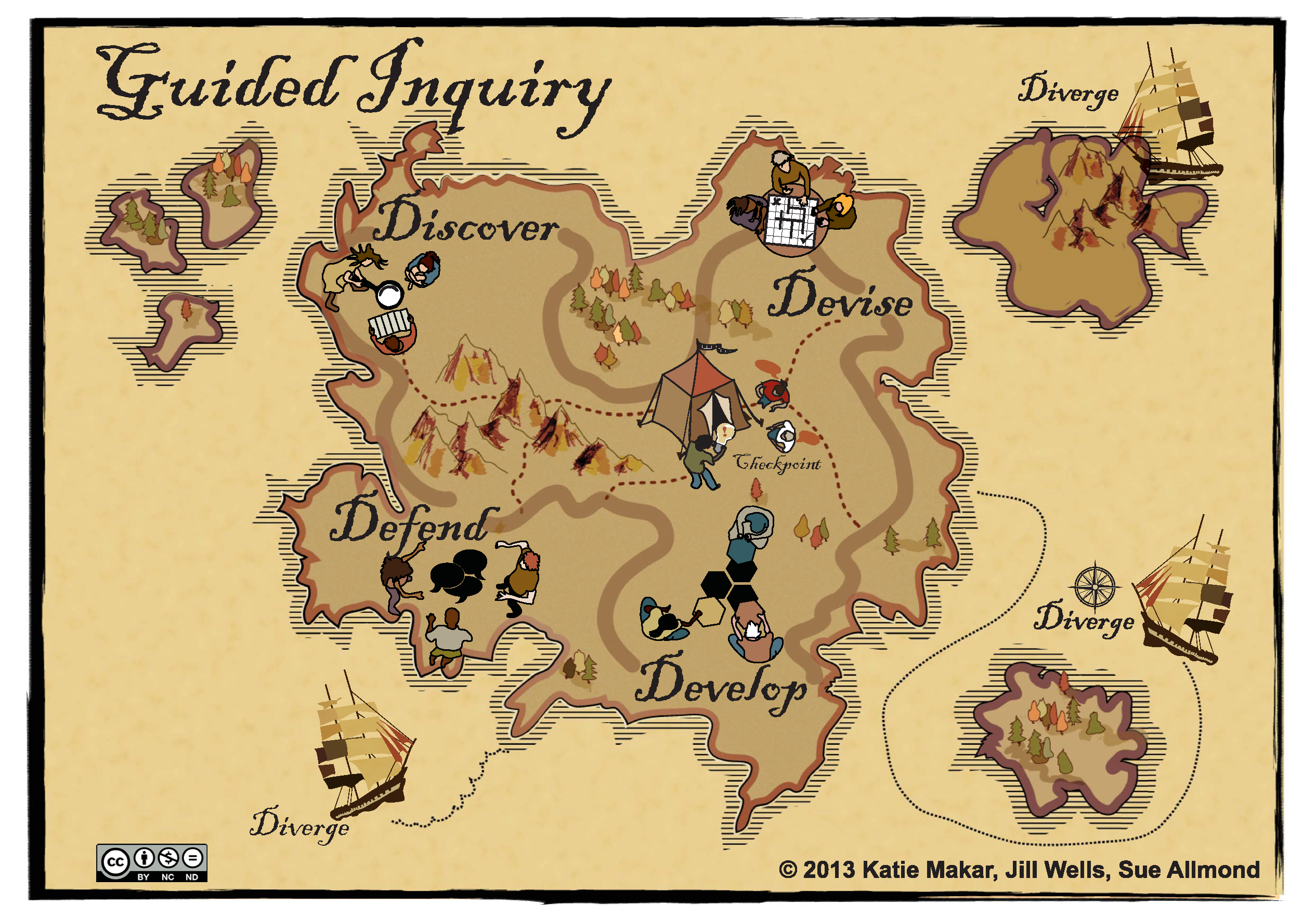reSolve’s Authentic Problems teaching sequences use a guided-inquiry approach. These sequences feature in our Foundation to Year 6 resources and typically incorporate multiple mathematics topic areas into the one investigation.
Each of these sequences are structured around the 4Ds instructional model: Discover, Devise, Develop and Defend. The name of each phase describes the process students go through in that phase.
Discover
The Discover phase is the “hook” that engages students. The inquiry question is introduced and potential mathematical connections are highlighted. As students are immersed in the problem, they begin to connect the inquiry context with their prior knowledge. The focus of this phase is exploratory in nature.
Devise
In the Devise phase, students build on their everyday knowledge to begin devising a method to address the inquiry problem. Students deliberate the information they need to address the problem and the evidence that is needed to defend their solution. In this phase, the teacher may identify and address concepts that students need to learn to generate evidence and develop their solution.
Develop
The Develop phase is where students put their planning into practice. Students collect evidence, analyse it, document and improve on the solution process, and come to a preliminary conclusion. Teachers may find opportunities to teach, revisit or revise mathematical concepts as students wrestle with adapting and applying their mathematical knowledge and processes to create a solution.
Defend
Students prepare their answer to the inquiry question in the Defend phase. They use the evidence they have gathered to support, justify, and convince their peers that their conclusion answers the inquiry question. Students need to communicate their solution in a way that makes explicit the connections between the inquiry question, the conclusion, and the supporting mathematical evidence.
The following map is a helpful way to illustrate the inquiry journey that students go on through these sequences. The map highlights the opportunity to Diverge (an optional 5th ‘D’) from the specific inquiry to integrate or connect with other content areas, or to explore further questions that emerge.
